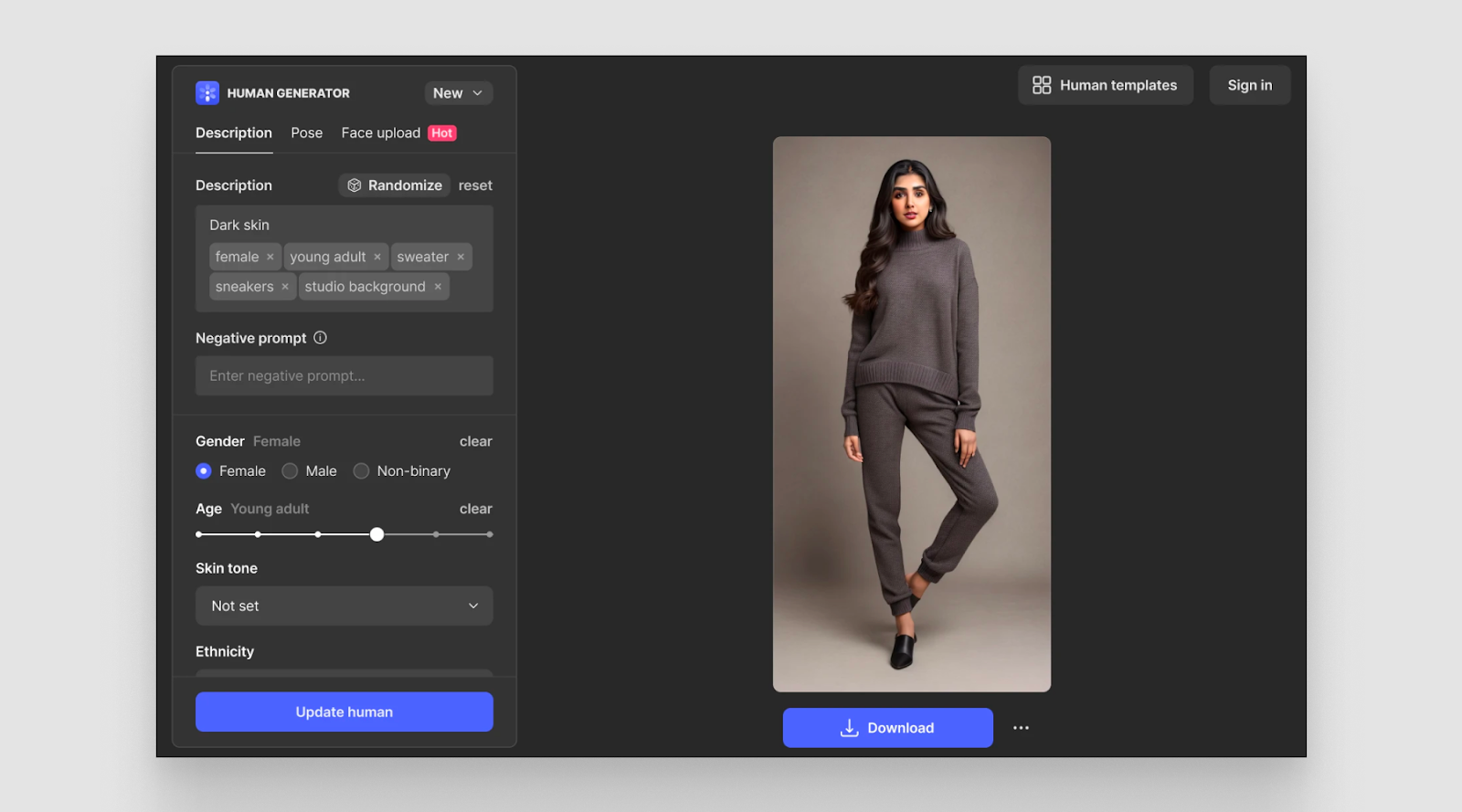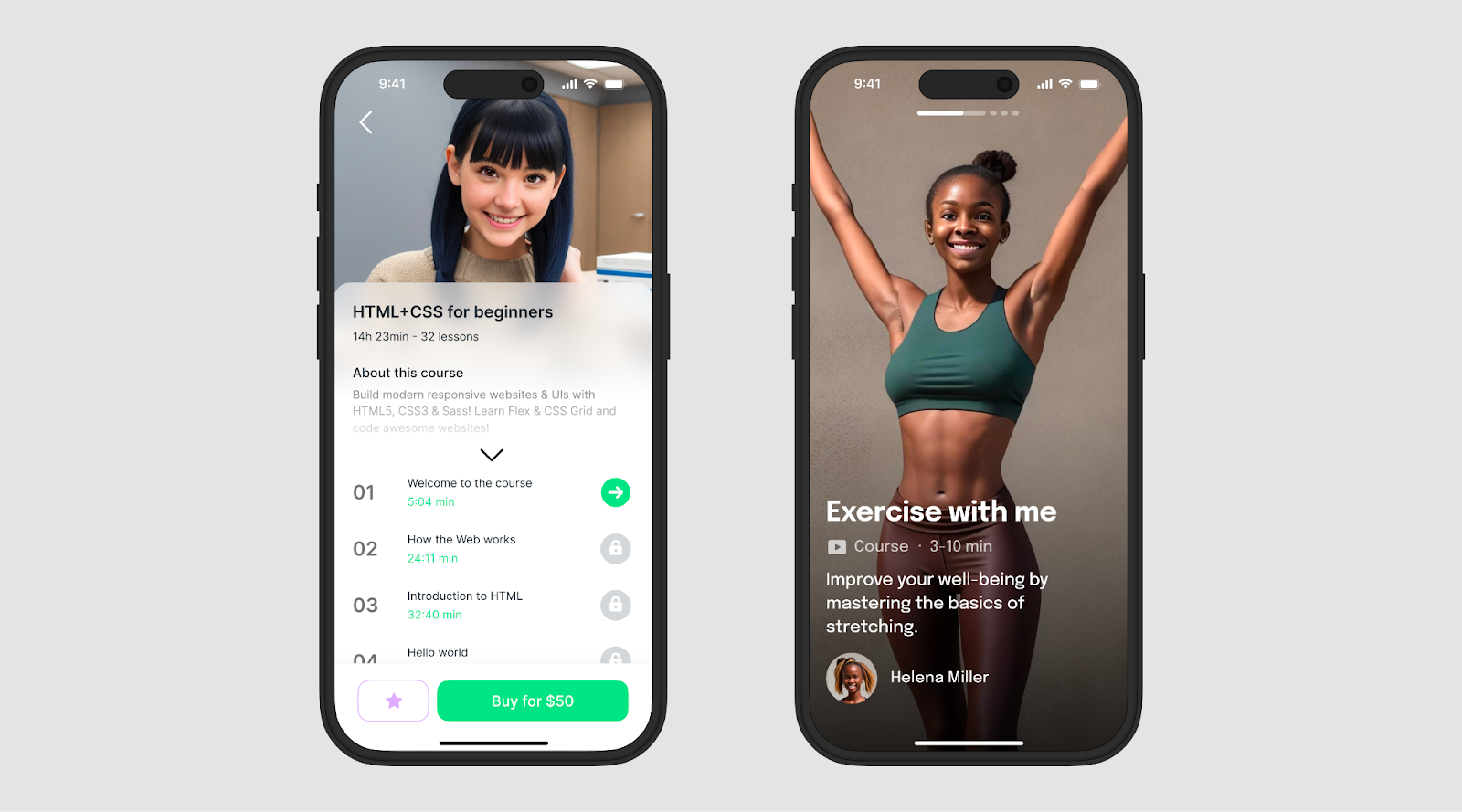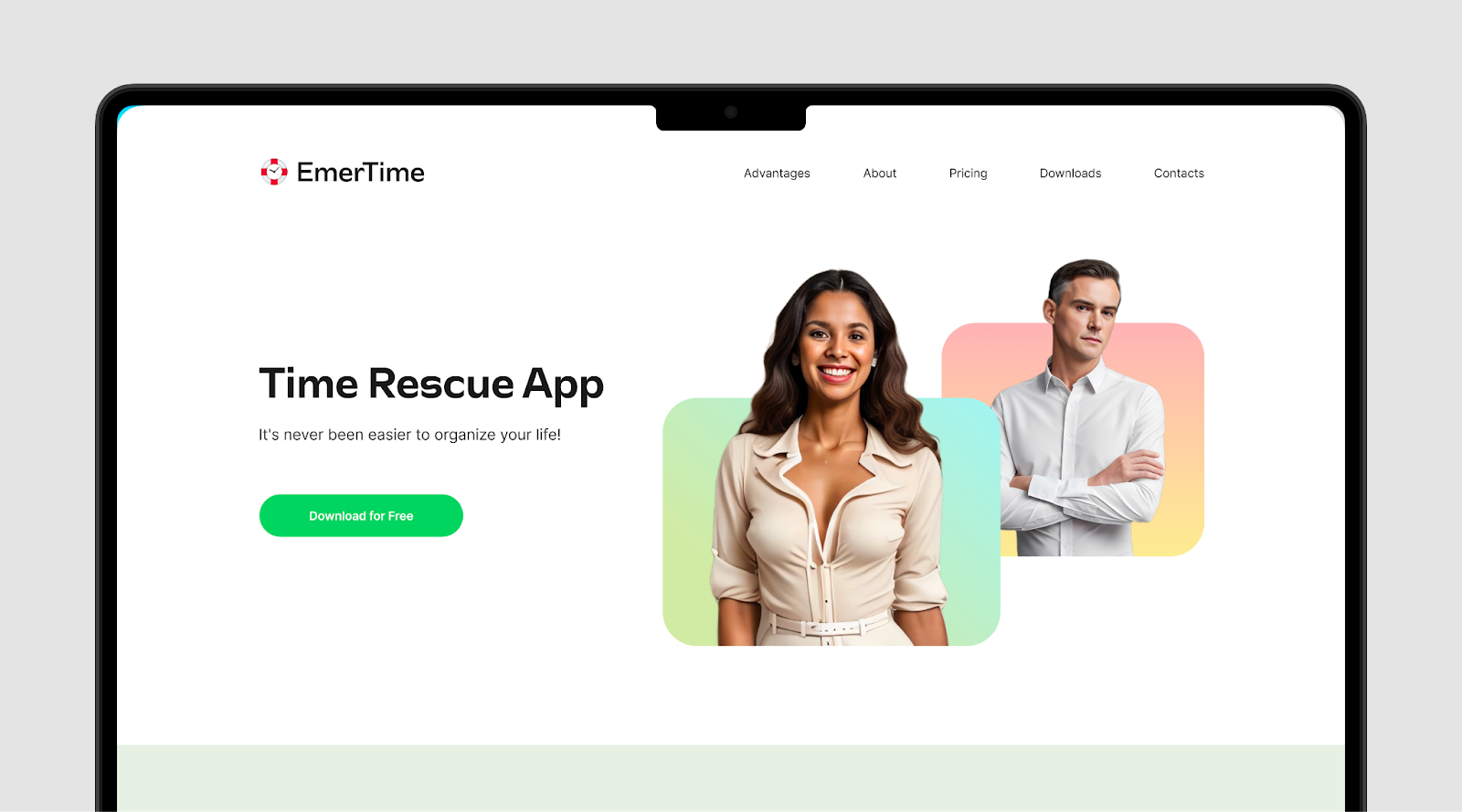- Published on
Human Generator: Innovations in Design Technology
- Authors

- Name
- Stackademic Blog
- @StackademicHQ
In the dynamic design world, artificial intelligence (AI) continues to change the game's rules, pushing the boundaries of creativity and efficiency. Among these innovations, AI Human Generator stands out for its ability to create realistic human faces tailored to various design needs. This technology enhances visual storytelling and ensures that designers can accurately and quickly meet increasingly diverse aesthetic requirements. As we delve deeper into the capabilities and applications of AI Human Generators, it is also critical to navigate the ethical standards they represent to ensure responsible development of innovation. Join us as we explore how these tools are changing the future of design, offering unprecedented opportunities for creativity and impact.
Understanding AI Human Generators
AI Human Generator harnesses advanced machine learning algorithms to create detailed and realistic human faces from scratch. Essentially, these systems utilize vast datasets of human features to train models that can generate new faces with diverse characteristics.
How It Works
The core technology behind AI Human Generator involves generative adversarial networks (GANs). In a GAN, two neural networks contest; one generates images while the other evaluates them, pushing the generator to produce increasingly realistic outputs. This iterative process ensures that the generated faces are believable and appear varied, catering to specific design requirements.
These technological advancements mean designers can rapidly prototype and iterate on visual content involving human subjects without the need for traditional photoshoots, casting, or model recruitment, streamlining the creative process significantly. As we explore further, we'll see how these innovations impact various design sectors and open up new avenues for creative expression.
Impact on Design Industries
AI Human Generator are increasingly becoming a staple in several key design areas, notably graphic design, web design, and advertising. These technologies provide a scalable and versatile solution for diverse projects' aesthetic and functional demands.
In Graphic Design
Graphic designers leverage AI Human Generator to create unique characters for branding, illustrations, and multimedia projects. The ability to customize facial features, expressions, and even ethnic backgrounds with ease allows for more inclusive and representative visual communication.
In Web Design
For web designers, AI-generated humans can enhance user interface elements by adding personal touches to otherwise static environments. They are used in everything from avatar creation to interactive assistants, helping to humanize digital experiences and increase user engagement.
In Advertising
The advertising industry uses AI to quickly craft more relatable and diverse ad campaigns. By generating humans that resonate with a wider audience, brands can improve their connection with consumers, ensuring that their marketing materials are inclusive and visually compelling.
Examples of Successful Implementations
- Fashion Retail: Online stores employ AI-generated models to showcase their collections across different demographics without extensive photoshoots.
- Interactive Campaigns: Advertisers create dynamic campaigns where the AI-generated characters can change features based on viewer preferences, increasing personalization and engagement.
- Social Media Management: Companies use AI to generate diverse faces for promotional content, maintaining a fresh and varied presence.
Through these applications, AI Human Generator are proving to be invaluable tools in modern design, pushing the envelope for what's possible while also setting new standards for efficiency and inclusivity.
Benefits for Designers
AI Human Generator offers a range of benefits that significantly enhance the capabilities and efficiency of designers across industries. These tools streamline workflows, expand creative possibilities, and enable greater customization.
Streamlining Workflow
- Automation: AI Human Generator automates the creation of human images, reducing the time and resources needed for photo shoots, model casting, and image editing.
- Focus on Creativity: Designers can dedicate more time to the creative aspects of projects, improving overall design quality.
Enhancing Creativity
- Unlimited Experimentation: Designers can explore endless combinations of facial features and expressions, expanding creative boundaries.
- Diverse Visual Content: Enables the creation of culturally diverse and contextually varied human images, enriching visual storytelling.
Expanding Design Possibilities
- Targeted Designs: Easily adapt and create images for specific demographics, enhancing the relevance and appeal of design projects.
- Personalization: Facilitates personalized designs for advertising campaigns, user interfaces, or branding strategies.
Customization and Scalability
- Detailed Control: Provides control over every aspect of the human image creation process, from facial features to expressions.
- Scalable Outputs: Efficiently produces both small and large volumes of images while maintaining consistency and high quality.
Through these advantages, AI Human Generator empowers designers to innovate and execute with greater agility and artistic freedom, transforming how visual content is created and consumed in the digital age. This technological shift optimizes design workflows and enhances design outputs' overall aesthetic and functional quality.
Future Trends
As AI technology evolves, AI Human Generator are expected to play an even more pivotal role in design. Here's what the future might hold for this transformative technology:
Integration with Other Technologies
- Augmented Reality (AR) and Virtual Reality (VR): AI-generated humans could become central to immersive experiences, providing interactive and personalized content in AR and VR environments.
- Advanced Customization Tools: Integration with AI-driven design tools that offer more nuanced and precise control over generated images.
Enhanced Realism and Diversity
- Photorealistic Outputs: Continuous improvements in AI algorithms will lead to even more lifelike and indistinguishable human images.
- Greater Diversity: As a societal emphasis on diversity and inclusion grows, AI tools will better represent global demographic variations in generated humans and faces.
Ethical and Responsible Design
- Transparent Usage Guidelines: The development of clear ethical guidelines and usage norms to govern how AI-generated humans and faces are used, ensuring privacy and fairness.
- Bias Mitigation: Enhancements in AI training processes to reduce biases in generated images, promoting equality in AI outputs.
Emerging Markets and Applications
- Healthcare and Education: Use of AI-generated humans for therapeutic and educational purposes, providing relatable avatars for various interactive scenarios.
- E-commerce Innovations: Personalized shopping experiences with AI-generated sales representatives adapting to customer preferences and behaviors.
As we look to the future, it's clear that AI Human Generator will continue revolutionizing the design landscape. By staying ahead of these trends, designers can prepare to harness these innovations, ensuring they remain at the cutting edge while embracing ethical practices. This evolving toolset promises to open new horizons for creativity, inclusivity, and engagement in design.
Conclusion
AI Human Generator have already begun to reshape the landscape of design, offering powerful tools that expand creative possibilities, streamline workflows, and open up new avenues for personalization and interaction. As we've explored, these technologies enhance the efficiency and diversity of design outputs and pose important ethical considerations that the industry must address.
As designers and creators, it's imperative to stay informed about the advancements and implications of AI technologies. Embracing AI Human Generator can lead to groundbreaking innovations in conceiving and implementing design projects. However, engaging with these tools responsibly is equally crucial, ensuring that our designs enhance human experiences and promote inclusivity.
Encouraged to explore and experiment with AI Human Generator, designers have the opportunity to lead the charge in harnessing AI's potential responsibly. By doing so, they can redefine the boundaries of what's possible in design, crafting experiences that are not only visually stunning but also ethically grounded and culturally inclusive. This journey towards mastering AI in design is not just about adopting new tools --- it's about shaping the future of how we interact with the digital world.






